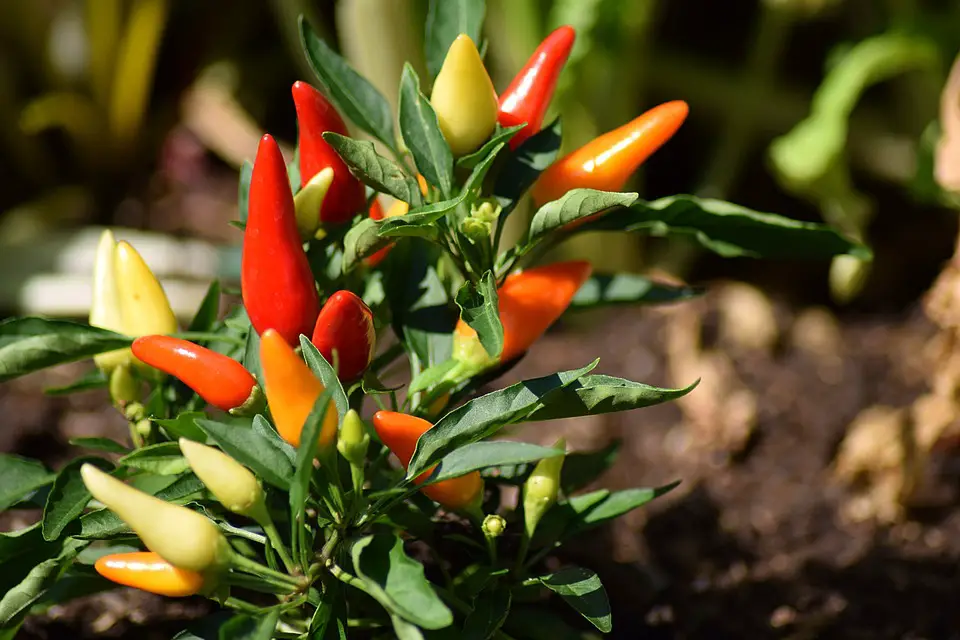In today’s world of industrial agriculture and genetically modified crops, preserving heirloom varieties and ensuring genetic diversity is more important than ever. Seed saving is a practice that has been around for thousands of years, allowing farmers and gardeners to preserve and share the genetic diversity of plants. By saving seeds from heirloom varieties, we can help protect biodiversity, adapt to climate change, and maintain food security for future generations.
The Importance of Seed Saving
Seed saving is crucial for preserving heirloom varieties, which are open-pollinated plants that have been passed down through generations. These varieties often have unique traits, flavors, and adaptability to specific climates, making them valuable resources for sustainable agriculture. By saving seeds from these plants, we can ensure that their genetic diversity is preserved and that they will continue to thrive in our gardens and farms.
Benefits of Seed Saving
There are several benefits to seed saving, including:
| Benefit | Description |
|---|---|
| Preserving genetic diversity | By saving seeds from heirloom varieties, we can protect the unique characteristics of these plants. |
| Adapting to changing climates | Heirloom varieties are often well-adapted to specific climates and can help us continue to grow food in a changing environment. |
| Supporting food security | Seed saving helps ensure that we have a diverse range of crops available to us, reducing our reliance on a few genetically uniform varieties. |
By saving seeds from heirloom varieties, we can play a key role in preserving biodiversity and ensuring that future generations have access to a wide range of crops.
How to Save Seeds
Seed saving is a relatively simple process that can be done by gardeners and farmers of all skill levels. Here are some basic steps to get you started:
1. Choose the Right Plants
Start by selecting healthy plants with desirable traits, such as flavor, size, or resilience to pests and diseases.
2. Allow the Seeds to Mature
Let the seeds mature on the plant until they are fully developed and ready to be harvested.
3. Harvest and Dry the Seeds
Once the seeds are mature, carefully harvest them and place them in a well-ventilated area to dry completely.
4. Store the Seeds Properly
Store the seeds in a cool, dry place in airtight containers to protect them from moisture and pests.
5. Label and Date the Seeds
Be sure to label each container with the type of seed and the date it was harvested to keep track of your collection.
Frequently Asked Questions
1. Why is genetic diversity important?
Genetic diversity is important because it helps plants adapt to changing environments, resist pests and diseases, and maintain overall health and resilience.
2. What are heirloom varieties?
Heirloom varieties are open-pollinated plants that have been passed down through generations and are known for their unique flavors, traits, and adaptability.
3. How can I get involved in seed saving?
You can get involved in seed saving by joining a local seed-saving group, attending workshops and conferences, or simply saving seeds from your own garden.
4. What are some common mistakes to avoid when saving seeds?
Common mistakes to avoid when saving seeds include not allowing the seeds to fully mature, not properly drying and storing the seeds, and not labeling the seeds correctly.
5. How can I help promote seed saving in my community?
You can help promote seed saving in your community by sharing seeds with friends and neighbors, hosting seed swaps or seed-saving workshops, and advocating for policies that support seed saving and biodiversity.
6. What are some challenges to seed saving?
Some challenges to seed saving include cross-pollination between different varieties, managing pests and diseases that can affect seed quality, and finding suitable storage conditions for long-term seed preservation.
7. How can seed saving help with food security?
Seed saving helps with food security by ensuring that we have a diverse range of crops available to us, reducing our reliance on a few genetically uniform varieties that are susceptible to pests, diseases, and climate change.
8. Are there any legal issues related to seed saving?
There are some legal issues related to seed saving, such as patents on genetically modified seeds and restrictions on saving and sharing seeds from certain commercial varieties. It is important to be aware of these laws and regulations when saving and sharing seeds.
9. How long can seeds be stored?
Seeds can be stored for varying lengths of time, depending on the type of seed and how it is stored. Some seeds can remain viable for several years or even decades if they are stored properly in cool, dry conditions.
10. Where can I find heirloom seeds to save?
Heirloom seeds can be found from a variety of sources, including seed exchanges, online seed companies, and local farmers markets. It is important to seek out reputable sources that offer open-pollinated, non-GMO seeds for seed saving.
Conclusion
Seed saving is a valuable practice that can help preserve heirloom varieties, protect genetic diversity, and ensure food security for future generations. By saving seeds from open-pollinated plants, we can play a critical role in maintaining biodiversity and adapting to changing climates. Get started with seed saving today and help protect the genetic heritage of our food crops.
